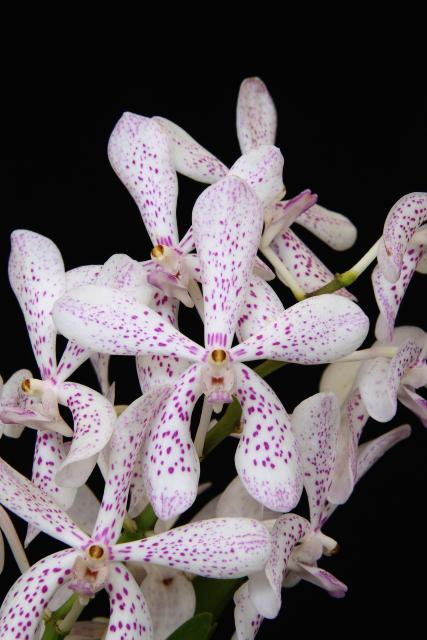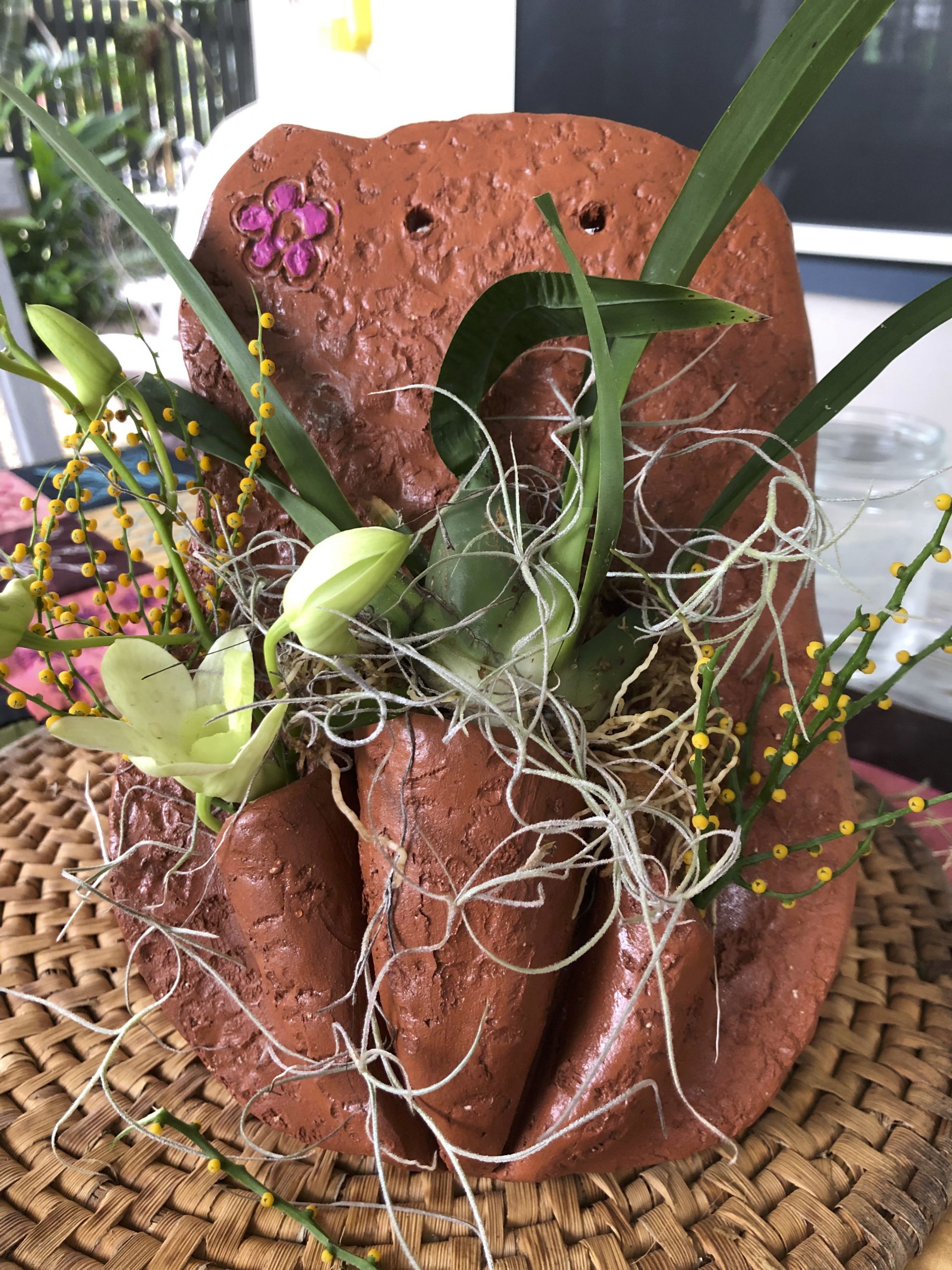On a recent walk around the garden, I started to think about the practice of companion planting.
There are libraries of books devoted to it’s study and endorsement. I don’t disbelieve in its philosophies. There’s many things I believe in that are intuitive and this article is anything but scientific. I have some theories about why companion planting works, and, my knowledge is subjective, coloured by my humanness. And it has nothing to do with antagonism.
Typically, companion planting mixes it up. Herbs, ornamentals and vegetables are all grown together according to the rules, which vary from author to author. Here, I’m in complete agreement. The closer my garden resembles nature the happier I am and I think the happier my plants are. Note here evidence of my interest in ‘the secret life of plants’ and all that is esoteric.
In my garden cucumbers grow up and over other plants, like chillis or lemongrass or thai basil. They don’t care if they climb over a structure that’s man made or not, but the difference in climbing up and over other plants are the many perks. Fruits can hide under their own canopies and are also afforded extra protection from the umbrellas of their hosts. Like the human world, there’s always a showoff, and, sometimes, one plant can dominate. Intelligent pruning will help maintain the balance.
The tall trunks of papayas that live in my garden beds may, eventually, bear the weight of vanilla orchids or bean plants or cues. In raised garden beds, essential in our humid wet climate, everything is crammed in and space is limited, despite the fact we have just under two acres. This means a tight jungle of leaves and fruits.
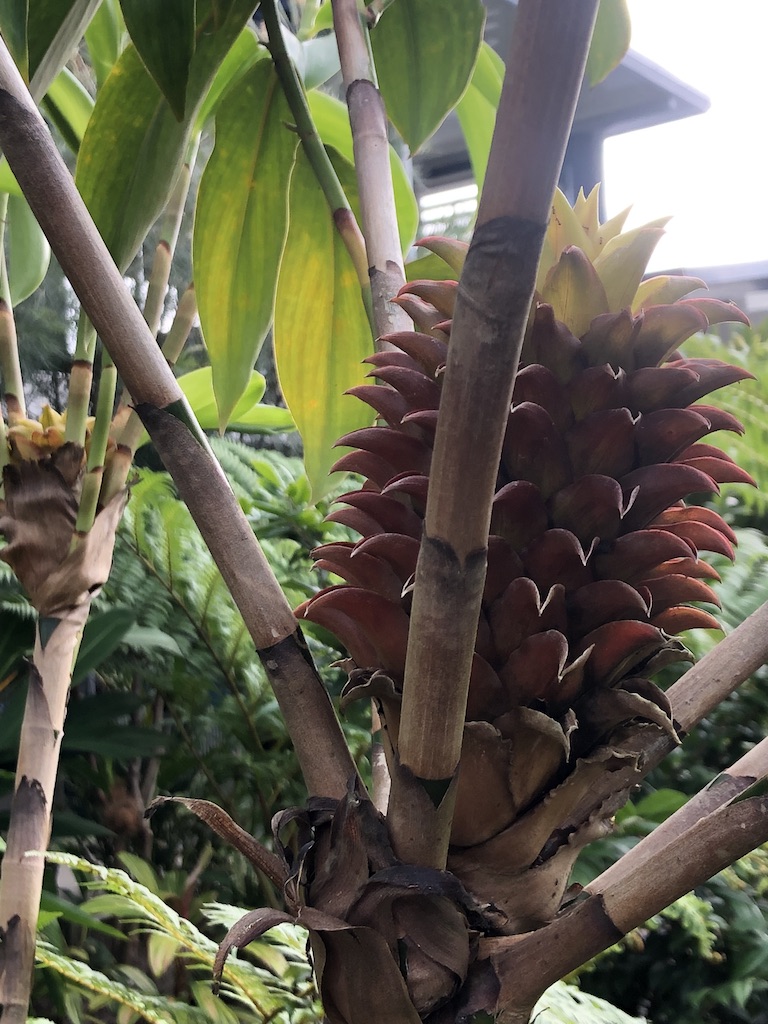
All this closeness has a downside. In the human world some people are reluctant to let go of another. It’s not that different in the plant world and prying the tendrils from one plant off of another can be difficult.
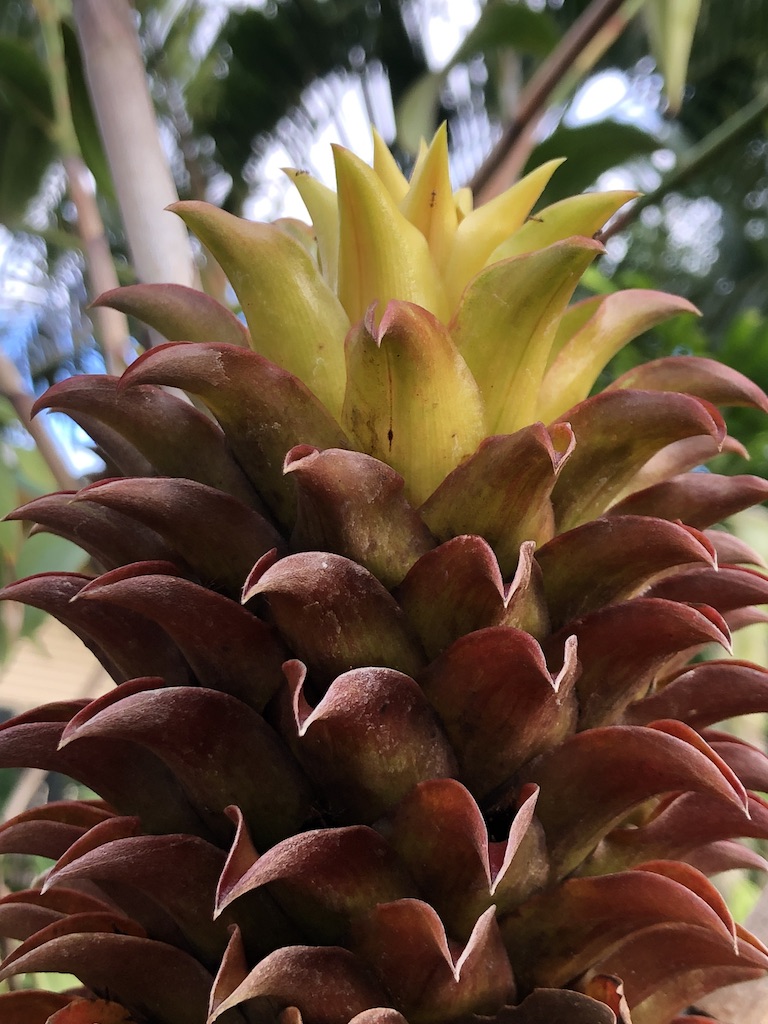
In our humid climate fungus and bacteria grow rapidly, but foliar sprays of compost tea, Seasol or even rotted down comfrey leaves, plus copper sprays, if you must, will keep them at bay. Treat your soil with manures,composts and mulches to keep it healthy.
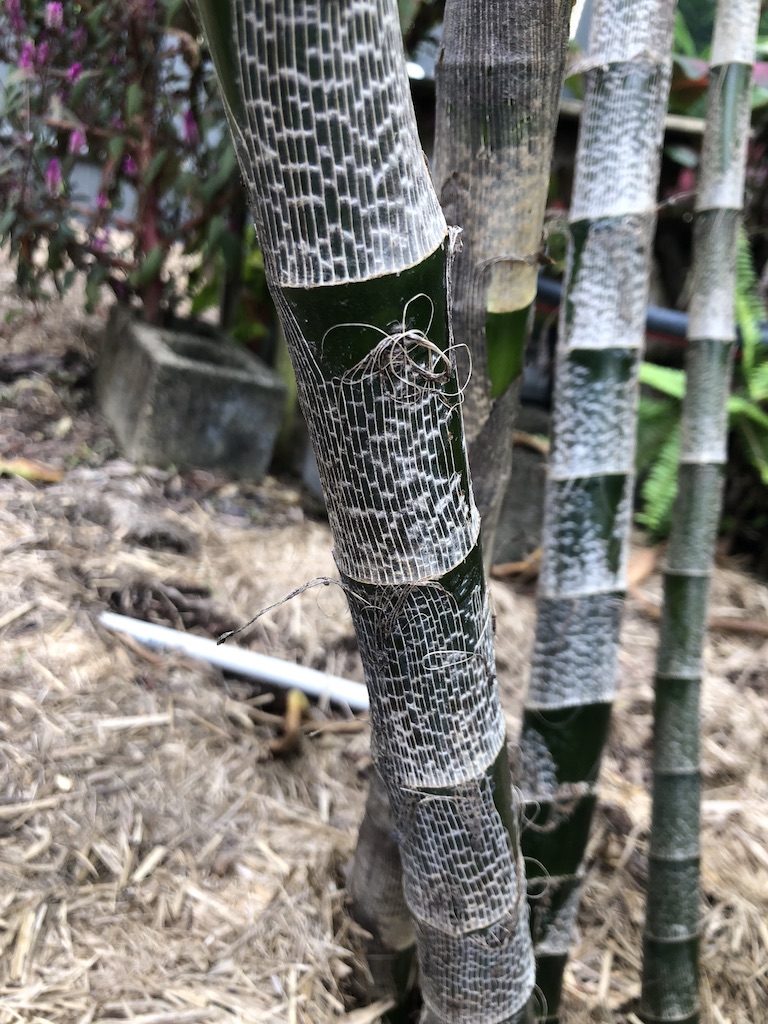
Another ‘companion lore’ is the planting of legumes. Legumes develop nodules on their roots through an association with a rhizobia bacteria that allows them to draw nitrogen from the air. Upon their demise quantities of usable nitrogen are available for the benefit of their closest friends.
Pest control is achieved through the use of plant botanicals. (http://tinyurl.com/aj9falv) and/or the strategic placement of pungent herbs. On bright sunny days I watch the cabbage moth butterflies in search of suitable birthing suites. I sense their confusion as they are assaulted by the pungent odours of curry or basil plants as they fly by not seeming to notice the green sheets of their favourite brassicas.
On the ranges grasshoppers are ubiquitous and they are a little harder to deceive. In amongst all of this ecology tiny frogs enjoy the resort like jungle of their homes while they feed on a smorgasbord of culinary delights.
Companion planting is just that ‘companionship’. We all crave it. In nature you see it all the time, especially in forest communities. Are you not surprised that plants enjoy their own company? It could be love?

